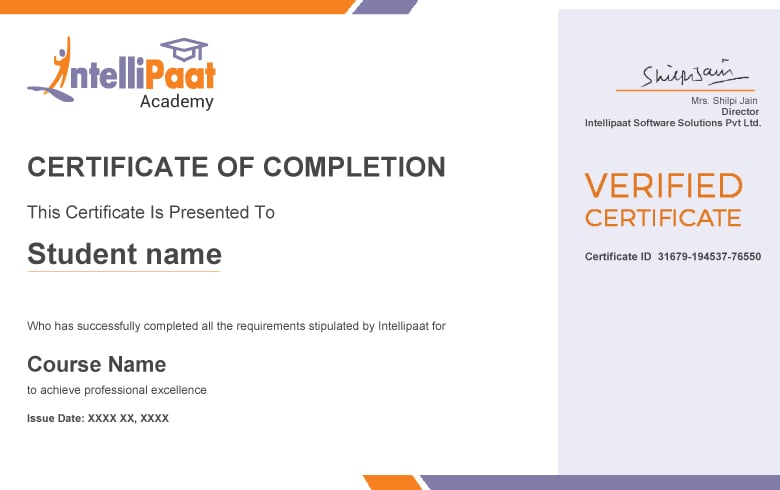C Programming and DSA Free Course
This online free DSA course is designed by industry experts to help you build a strong foundation in Data Structures and Algorithms and make you industry-ready. You will learn about C data types, how to use C functions, arrays, linked lists, structure and union, and more to become a successful Developer in IT.

This course includes:
- Quizzes and Assignments
- Lifetime Access
- Enroll now and get certified

